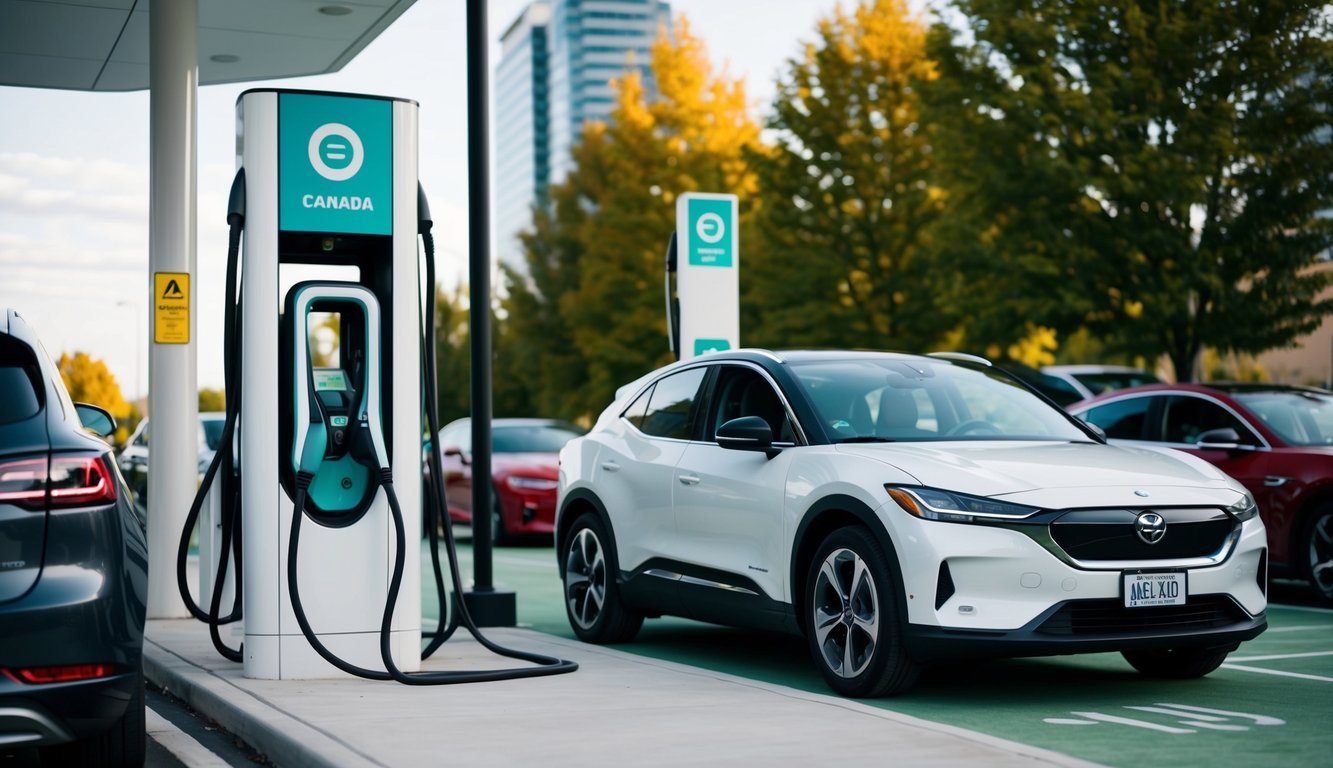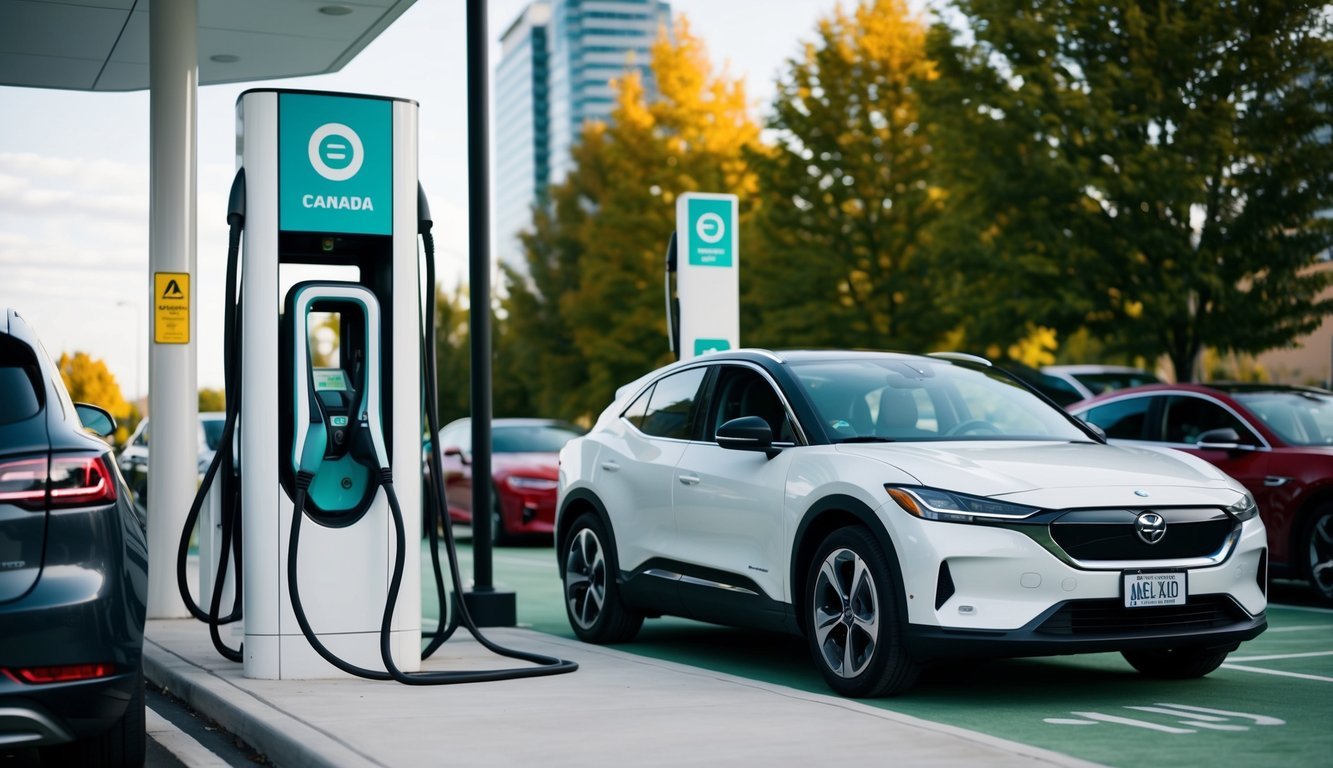
This week, a notable shift in trade dynamics unfolded with the introduction of new tariffs impacting goods from Canada, Mexico, and China.
A hefty 25% levy on imports from Canada and Mexico, alongside a 10% tariff on Chinese goods, has set the stage for significant changes.
While Donald Trump frames these tariffs as measures to tackle crime and immigration concerns, their effects on the auto industry promise to send ripples through the economy, particularly by inflating consumer prices.
Impacts on the Automotive Sector
The automotive sector is acutely affected by this development.
Rising costs could mean that new car prices might jump by as much as $3,000, placing added strain on consumers already grappling with financial pressures.
It’s estimated that nearly a quarter of the 16 million vehicles sold annually in the U.S. could face repercussions from these tariffs, not to mention the array of essential parts involved in production, a market anticipated to reach $225 billion in 2024.
If these tariffs hold, the industry might endure roughly $60 billion in added expenses, most of which could trickle down to consumers.
In light of these changes, Mexican auto manufacturers are swiftly adapting, ramping up imports of vehicles and parts to cushion the immediate impacts.
However, the outlook for the future remains murky.
Canadian automotive associations have voiced serious concerns, warning that thousands of jobs are in jeopardy and hinting at the possibility of significant disruptions within just a few weeks.
Acknowledging the likely challenges ahead, Trump predicted a bit of “pain” for American consumers due to the tariffs, which could prompt short-term economic ups and downs along with rising inflation.
The full extent of these measures on car buyers will become clear in the coming weeks and months as manufacturers recalibrate their strategies and manage their stocks.
Honda’s Revolutionary $1 Billion Investment in Ohio
Amid these challenges, there is a silver lining on the North American auto front.
Honda is making headlines with an impressive $1 billion investment to enhance its assembly operations in Ohio.
This substantial commitment aims to transform the plant into a hub for electric vehicle production, with the eagerly awaited battery-powered Acura RSX set to begin production later this year.
In total, Honda’s investment in the North American market is projected to exceed $16 billion, including exciting collaborations with battery makers and resource extraction companies.
On a global scale, emissions from road transport are on track to peak at nine gigatonnes this year, underscoring the positive impact of the growing adoption of electric vehicles.
Recent studies reveal that, thanks to ambitious decarbonization initiatives, this peak is arriving earlier than experts had initially predicted.
The increasing prevalence of electric vehicles is expected to dramatically reduce emissions well into 2050, especially across key regions like the U.S., the EU, and China.
January Sales Boom for Hyundai and Kia
Korean automotive brands Genesis, Kia, and Hyundai kicked off 2025 with outstanding success, achieving record-breaking sales figures for January, significantly outperforming other auto market segments.
This impressive growth stems from robust demand for both electric vehicles and traditional gasoline-powered cars, with hybrids particularly gaining popularity.
Kia enjoyed a notable 12% sales increase, while Hyundai celebrated a striking 15% rise, signaling a robust and favorable trend in the industry.
Navigating the ever-evolving landscape of the auto industry, we see that while challenges from new tariffs loom, there are also pathways for innovation and growth that promise to foster a more sustainable future.


